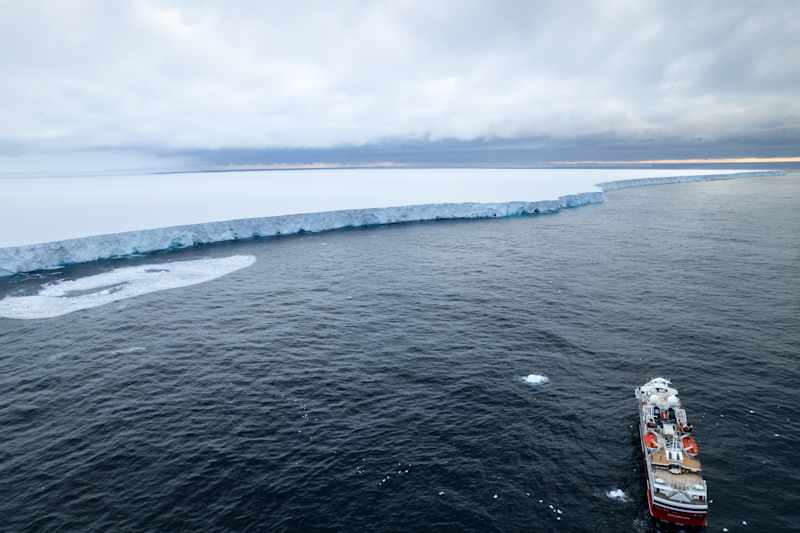The world’s largest iceberg got stuck to the bottom before being bumped into an island inhabited by penguins and seals

The A23A Jäänävuori is about 70 kilometers from the island of South Georgia.
The world’s largest iceberg seems to have driven and stuck close to the South Georgian island in South Atlantic, says Bas, a British antarctic research organization.
It would make animal nutrition difficult, as a food search behind a huge iceberg could be too long.
Bas says that according to their findings, the iceberg has remained in place since March 1. It is about 70 kilometers from the island of South Georgia.

However, it is uncertain whether the iceberg has been stuck in its fields permanently.
According to Meijers, many icebergs have passed through the same route through the southern ocean in recent decades and dispersed, dispersed and melted.
Icebergs can also be useful for animals
The A23A Iceavuori was born in 1986 when it came off Antarctic. Then it stuck to the seabed for decades.
Towards the end of 2023, the iceberg came off the seabed and started drifting with sea currents to the north.
The iceberg has an area of \u200b\u200bapproximately 3,500 square kilometers, larger than the city of Mikkeli. The height of the iceberg is up to 400 meters, almost the same as Empire State Building in New York.
The A23A is also one of the oldest icebergs in the world.
According to Andrew Meijers, iceberg can even be useful for animals in the area if it stays in place.
– Nutrients caused by ground touch and iceberg melting can increase the availability of nutrition throughout the area’s ecosystem, including for penguins and seals.
